The Sphingidae of Arizona
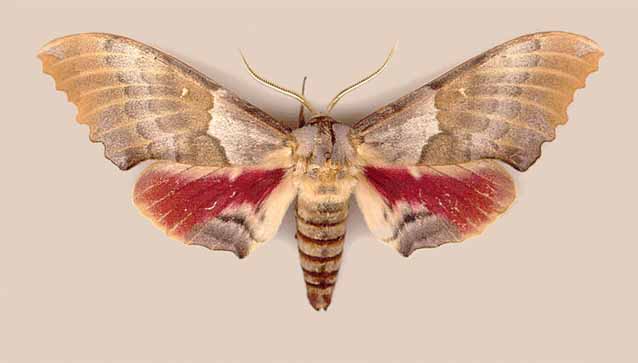
Pachysphinx occidentalis (pale form) by William A. Harding.
|
|
Updated as per James P. Tuttle's The Hawk Moths of North America, August 21, 2008 Updated as per personal communication with Jim Tuttle (Ceratomia amyntor adult and larva, southeastern Arizona), January 2009 Updated as per personal communication with Bruce Walsh (Eumorpha elisa, August 26, 2010, new Arizona record); August 29, 2010 Updated as per ongoing personal communication with Evan Rand; see County checklists; 2008-2010 |

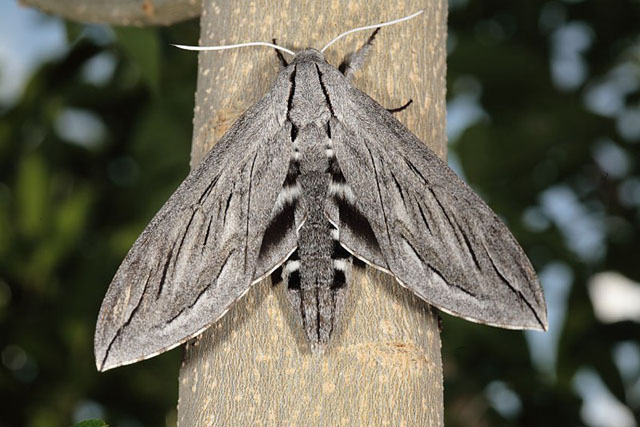
Sphinx chersis, Arizona, courtesy of Adam Fleishman.
Sphinginae subfamily
|
Mohave |
Yavapai |
Coconino |
Navajo |
Apache |
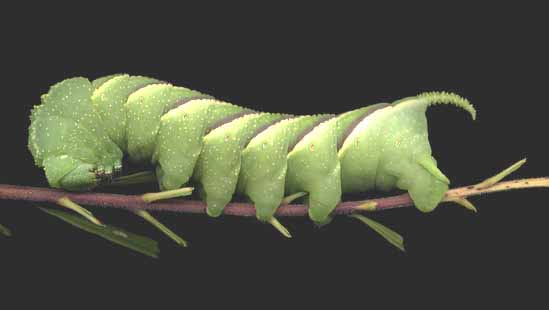
Manduca rustica, Tucson, Arizona, November, on desert willow, David Bygott
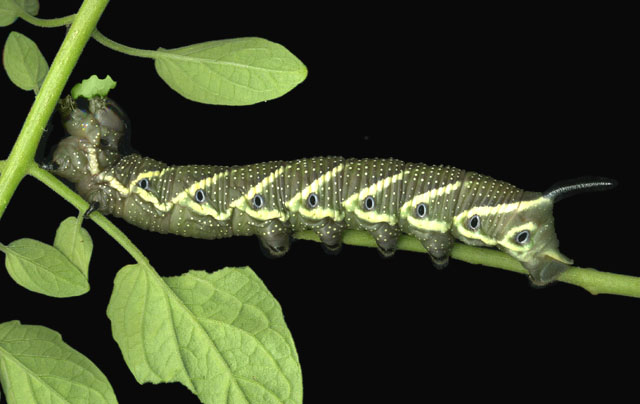
Manduca quiquemaculata fifth instar, dark form,
Tucson, Arizona, August 17, 2006,
ravaging tomato plants,
courtesy of David Bygott, id confirmed
by James Tuttle.
Jim Tuttle did the identification and offers the following comments:
"Great shots. All of the penultimate instars of both Lintneria (Sphinx) istar and Lintneria (Sphinx) separatus that I have reared in the past have been mundane green. Given that the larva is molting, I believe that the orange and black is actually the 5th instar "showing" through. It is L. separatus. I suspect that if they had seen the larva one day earlier, it would have just been greenish."
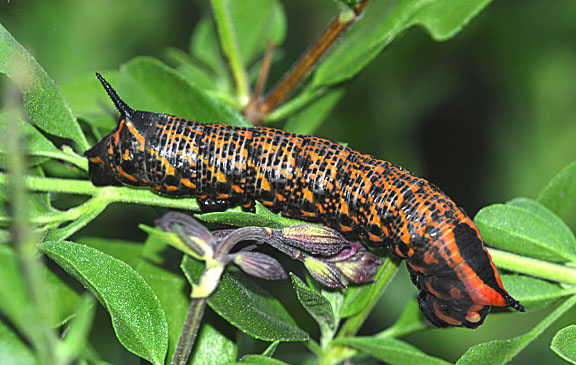
Lintneria separatus, fourth instar molting, Cochise County,
Arizona,
September 29, 2007, courtesy of
Robert A. Behrstock, tentative id by James A. Tuttle.
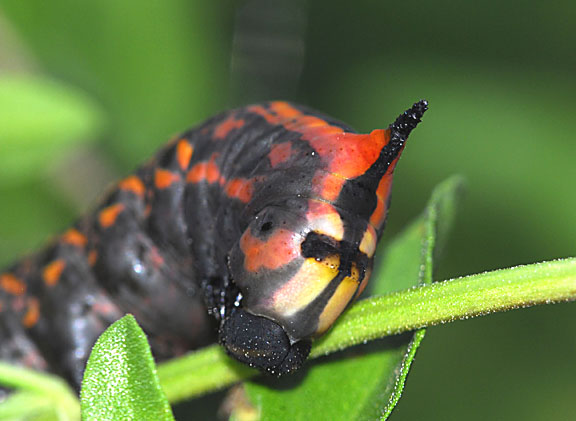
Lintneria separatus, fourth instar molting (head), Cochise County,
Arizona,
September 29, 2007, courtesy of
Robert A. Behrstock, tentative id by James A. Tuttle.
Only those counties in red are active. As additional sightings arrive, the other counties will be completed. Please send sightings and images to Bill Oehlke.
Mohave |
Yavapai |
Coconino |
Navajo |
Apache |
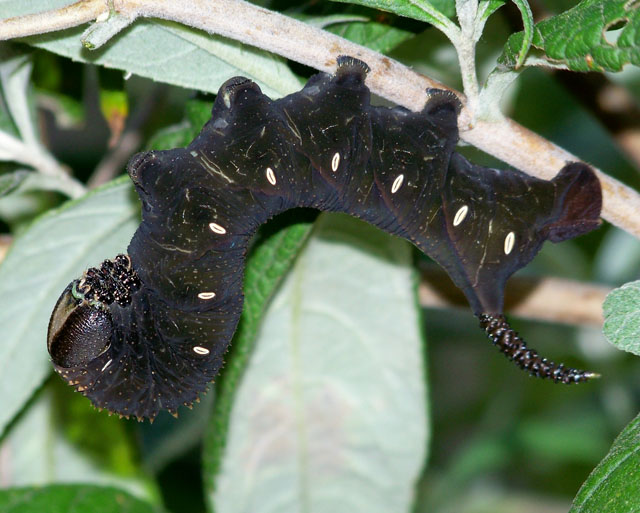
Manduca rustica, dark (unusual) fifth instar, Patagonia, Santa Cruz Co., Arizona,
on buddleia bush, September 20, 2008, courtesy of Philip Kline.
Eggs of many North American species are offered during the spring and summer. Occasionally summer Actias luna and summer Antheraea polyphemus cocoons are available. Shipping to US destinations is done from with in the US.
Use your browser "Back" button to return to the previous page.
This page is brought to you by Bill Oehlke and the WLSS. Pages are on space rented from Bizland. If you would like to become a "Patron of the Sphingidae Site", contact Bill.
Please send sightings/images to Bill. I will do my best to respond to requests for identification help.
 Show appreciation for this site by clicking on flashing butterfly to the left. The link will take you to a page with links to many insect sites. |